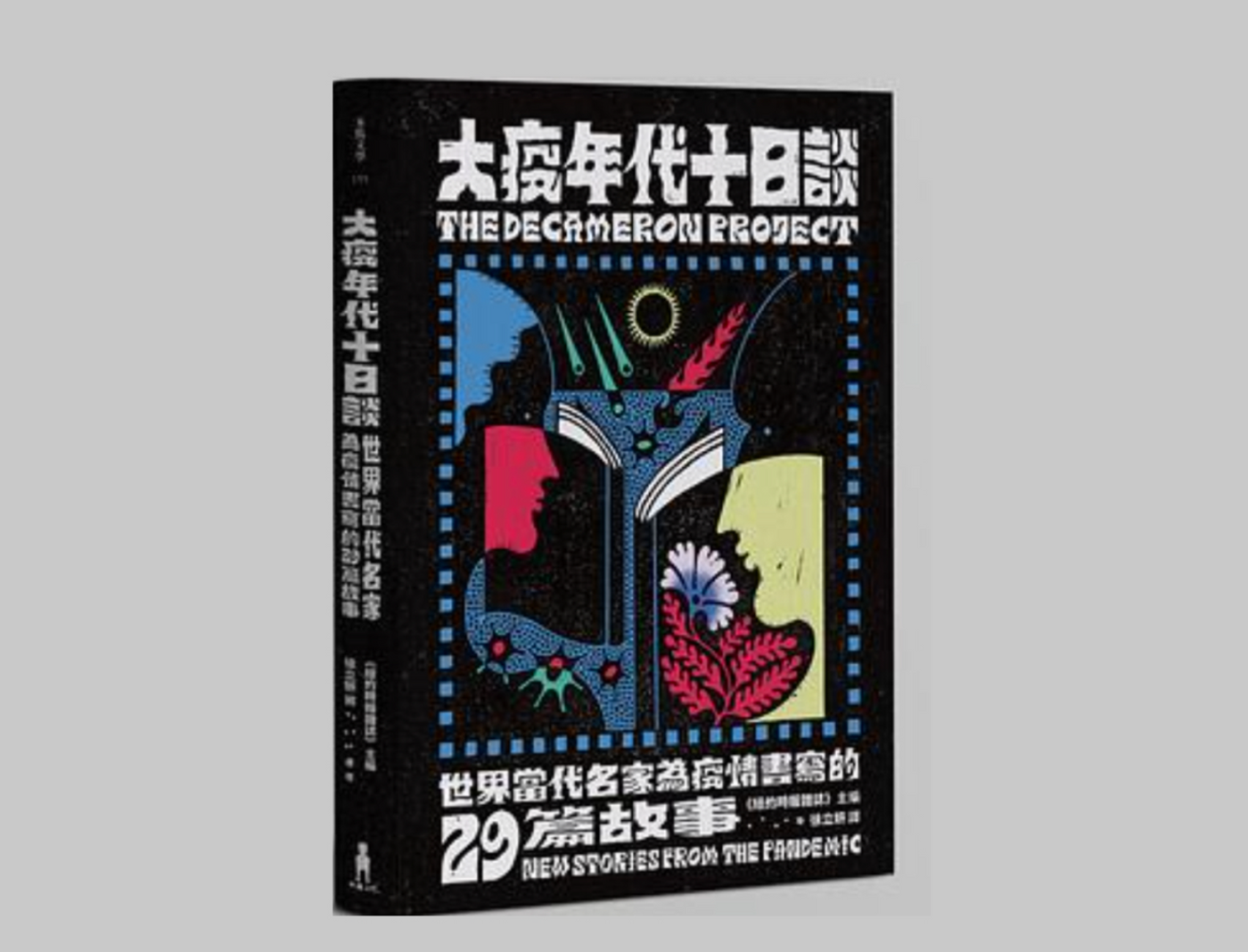[Trial Reading Experience] "Ten-Day Talks in the Age of the Great Epidemic": Is the epidemic alienating or narrowing the distance between us?
This article is written for participating in the trial reading activity of the Trojan Horse Culture "Ten Days in the Age of Epidemic"
Italian medieval writer Giovanni. In the 14th century, Giovanni Boccaccio wrote an important literary classic, The Decameron, a collection of stories written in the historical background of the Black Death in the Middle Ages. Description Seven women and three men escaped from the plague and fled to a villa in the suburbs. In order to spend their boring days, they decided to tell a story each day. In the last ten days, they told a total of 100 stories.
Under the influence of the new crown virus, The New York Times Magazine decided to use the background of "Ten Days" as its inspiration, and invited 29 writers from all over the world to write a story in the era of the spread of the plague. Finally, it is assembled into this story collection of "Ten-Day Talks in the Age of the Great Epidemic". There are a total of 29 stories in it, from the United States, Portugal, Spain, Israel and other countries. Among them, the great Canadian writer Margaret. Atwood also wrote a story in it.
Looking at the stories here, the theme of "Ten-Day Talks in the Age of Epidemic" can be simplified into the following sentence: Writing about life under the epidemic. And most of the stories focus on the loneliness of people during the epidemic and the changes in the relationship between people.
The epidemic does give people a terrible feeling, but it is not only the virus that makes people afraid, but the risk of infection that anyone may be a carrier. With the virus sweeping the world, people can no longer greet by kissing on the cheek and shaking hands, but by wearing masks and maintaining distance. But the loneliness of being at home all day and social distancing makes it tempting to let go of those norms and find a breather.
The pressure of these epidemic lives has made everyone quite depressed despite their food and clothing. Depressed that many people occasionally go out and see strangers in the deserted streets and can't help but say hello. They haven't interacted with people for too long, so they asked each other about their lives while maintaining a distance of 1.5 meters. In a certain story, the situation is even more exaggerated, the protagonist does not want to drive away the robber who invaded the home, just to talk to him more. When the robbers robbed, they did not dare to attack the protagonist directly because they were afraid of the virus, and finally intertwined into a somewhat bizarre, embarrassing and humorous story.
Conversely, in another story, the protagonist's son, who was studying in a distant place, wanted to return to his home to live in order to stay away from the severely affected area. But the problem is that they actually have a bad relationship. Although they agreed, at the same time they are afraid of what if their son gets the virus and infects them? These potential estrangements slowly emerged in the corners of various narratives due to the invasion of the virus, depicting the ambiguous relationship between people and drawing the outlines of people's hearts, and trying to ask in the epidemic era, people's emotions because of new relationships and Changes in expression, what changes may occur.
Is the epidemic alienating or bringing us closer? This is the question that popped up in my mind after reading "Ten-Day Talks in the Age of the Great Epidemic". Some of the stories here describe new interactions between people and strangers due to the epidemic, while others describe the estrangement within families through the epidemic. Some places are brisk, others are quite heavy. Although the epidemic has brought a lot of pain, disappointment and loneliness, we can see from it that the epidemic is actually a new opportunity for us to re-face our relationship with each other and discover the preciousness of interacting with others.
Blog to link: https://pse.is/3ph2g
FB Fan: https://pse.is/TCBRA
IG account: https://www.instagram.com/bungoussteins/

Like my work? Don't forget to support and clap, let me know that you are with me on the road of creation. Keep this enthusiasm together!

- Author
- More